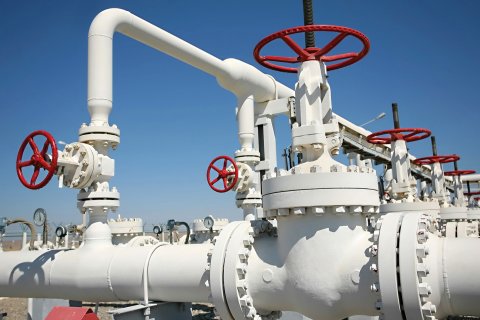"Angola's economic growth in the first quarter was much better than expected", argue analysts from the African department of this British consultancy, in a comment on the evolution of the economy in the first three months of this year.
In the note, sent to customers and to which Lusa had access, they point out that "in addition to the strong recovery in oil production, which was expected, the non-oil economy was surprisingly robust in the face of high inflation and the reduction in transport subsidies".
Thus, they conclude, "this dynamic first quarter, if not revised in the next release of GDP figures, suggests that Angola's economic growth for the total of 2024 could be greater than three percent, which compares with the current forecast of 2.3 percent".
The Quick Information Sheet (FIR) referring to the National Accounts for the first quarter of 2024, compared to the previous quarter, indicates that GDP grew 4.6 percent, compared to the same period in 2023.
GDP in the first quarter of this year totaled 18,327,957 million kwanzas, of which 180,473 million kwanzas were due to taxes on products, net of subsidies.
The activities that contributed most to the performance of economic activity in this period, according to INE, were the extraction and refining of crude oil and natural gas, with 30.4 percent, and trade (26.8 percent).
These positive numbers led the Secretary of State for Planning, Luís Epalanga, to predict an expansion of three percent for the second quarter and also for the year as a whole, highlighting, however, that data on the performance of the non-oil sector, namely agriculture, fishing, diamond mining and industry, in the second quarter of this year, are still in the completion phase.
According to Luís Epalanga, essentially since May we have been witnessing a positive impact, especially in the productive sector, with emphasis on agriculture, on the trajectory of inflation.
"Inflation in February stood at 2.58 percent, then it rose to 2.54 percent, we reached a peak of 2.61 percent again, due to the adjustment in transport prices, and it stabilized in May around 2.41 percent, and our forecasts for the month of June are that it will be very close to two or much below that", he concluded.
The 4.6 percent growth in the first three months of this year is the highest since the first quarter of 2015.







